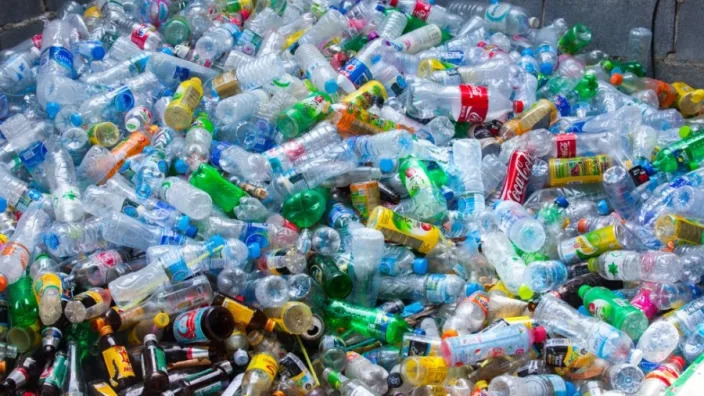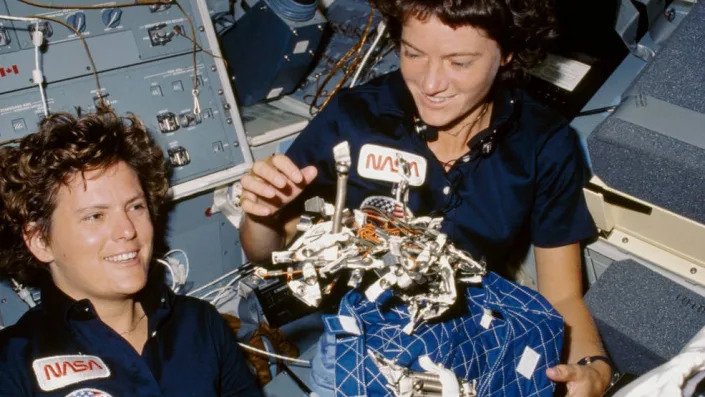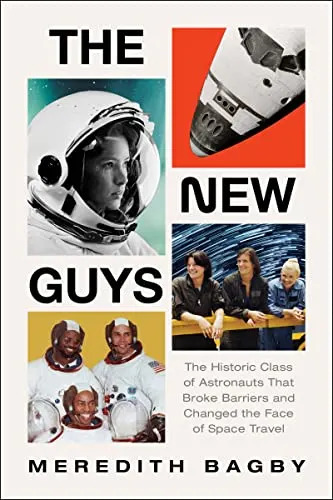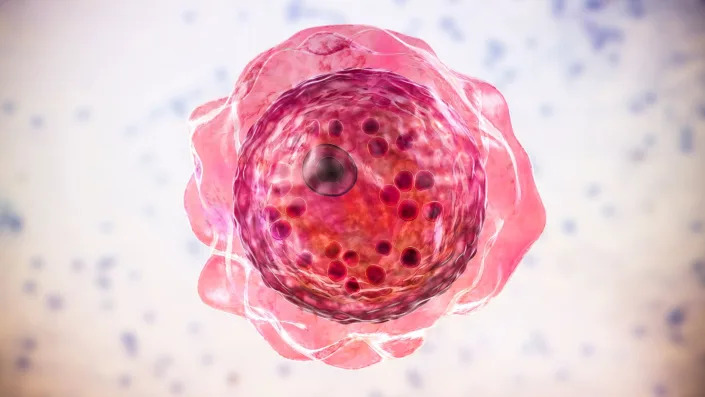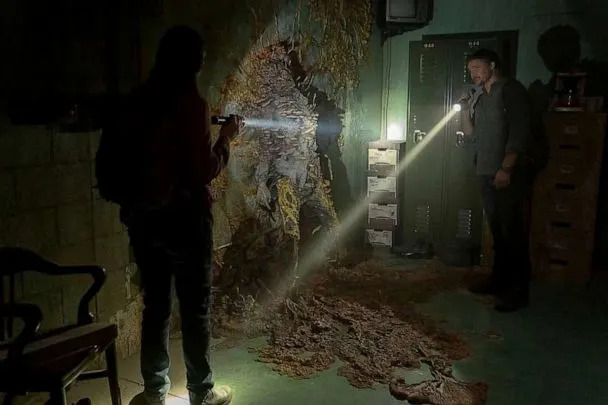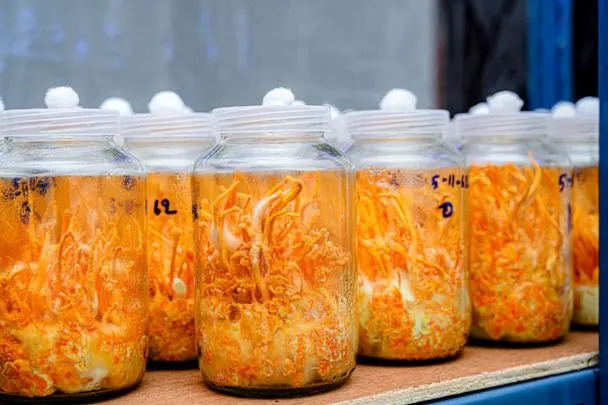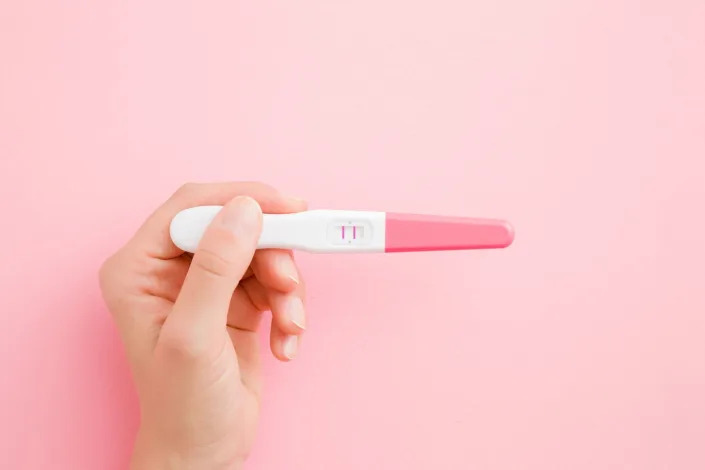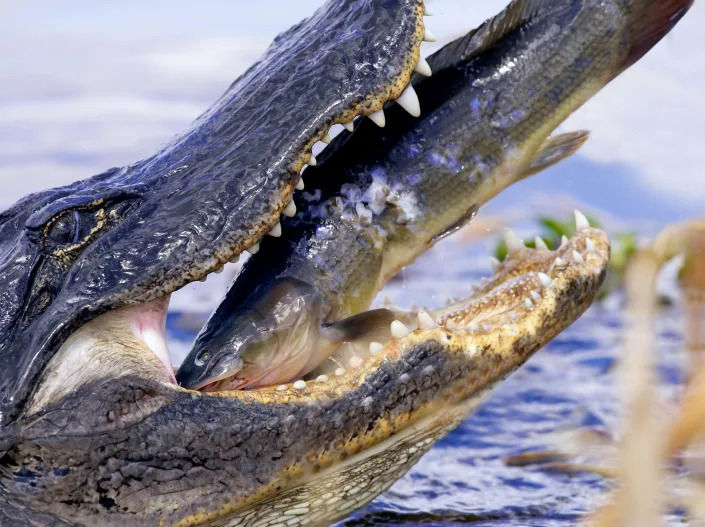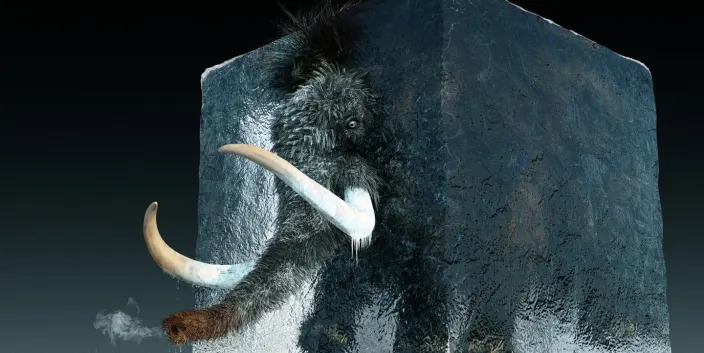Balloon Incident Reveals More Than Spying as Competition With China Intensifies

The suspected Chinese spy balloon drifts to the ocean after being shot down off the coast in Surfside Beach, South Carolina, U.S. February 4, 2023. REUTERS/Randall Hill
David E. Sanger
Mon, February 6, 2023
It may be months before U.S. intelligence agencies can compare the audacious flight of a Chinese surveillance balloon across the country to other intrusions on America’s national security systems, to determine how it ranks.
After all, there is plenty of competition.
There was the theft of the designs of the F-35 about 15 years ago, enabling the Chinese air force to develop its look-alike stealth fighter, with Chinese characteristics. There was the case of China’s premier hacking team lifting the security clearance files for 22 million Americans from the barely secured computers of the Office of Personnel Management in 2015. That, combined with stolen medical files from Anthem and travel records from Marriott hotels, has presumably helped the Chinese create a detailed blueprint of America’s national security infrastructure.
But for pure gall, there was something different about the balloon. It became the subject of public fascination as it floated over nuclear silos of Montana, then was spotted near Kansas City and met its cinematic end when a Sidewinder missile took it down over shallow waters off the coast of South Carolina. Not surprisingly, now it is coveted by military and intelligence officials who desperately want to reverse-engineer whatever remains the Coast Guard and the Navy can recover.
Yet beyond the made-for-cable-news spectacle, the entire incident also speaks volumes about how little Washington and Beijing communicate, almost 22 years after the collision of an American spy plane and a Chinese fighter about 70 miles off the coast of Hainan Island led both sides to vow that they would improve their crisis management.
“We don’t know what the intelligence yield was for the Chinese,” said Evan Medeiros, a Georgetown professor who advised President Barack Obama on China and Asia with the National Security Council. “But there is no doubt it was a gross violation of sovereignty,” something the Chinese object to vociferously when the United States flies over and sails through the islands China has built from sandbars in the South China Sea.
“And this made visceral the China challenge,” Medeiros said, “to look up when you are out walking your dog, and you see a Chinese spy balloon in the sky.”
As it turns out, it was hardly the first time. Hours before the giant balloon met its deflated end, the Pentagon said there was another one in flight, over South America. And it noted a long history of Chinese balloons flying over the United States (which the Pentagon, somehow, never wanted to talk about before, until this incident forced it to).
“Instances of this kind of balloon activity have been observed previously over the past several years,” Pentagon spokesperson Brig. Gen. Patrick S. Ryder said in a statement published Thursday. One senior official said many of those were in the Pacific, some near Hawaii, where the Indo-Pacific Command is based, along with much of the naval capability and surveillance gear of the Pacific Fleet.
Ryder’s admission raises the question of whether the United States failed to set a red line years ago about the balloon surveillance, essentially encouraging China to grow bolder and bolder. “The fact that they have come into airspace before is not comforting,” said Amy B. Zegart, a senior fellow at the Hoover Institution and author of “Spies, Lies and Algorithms,” a study of new technologies in ubiquitous surveillance. “We should have had a strategy earlier,” she said, and “we should have signaled our limits much earlier.”
Of course, there is nothing new about superpowers spying on one another, even from balloons. President Dwight D. Eisenhower authorized surveillance of the Soviet Union by lofting cameras on balloons in the mid-1950s, flying them “over Soviet bloc countries under the guise of meteorological research,” according to an article published by the National Archives in 2009. It “yielded more protests from the Kremlin than it did useful intelligence,” author David Haight, an archivist at the Eisenhower Library, reported.
With the advent of the first spy satellites, balloons appeared to become obsolete.
Now they are making a comeback, because while spy satellites can see almost everything, balloons equipped with high-tech sensors hover over a site far longer and can pick up radio, cellular and other transmissions that cannot be detected from space. That is why the Montana sighting of the balloon was critical; in recent years, the National Security Agency and United States Strategic Command, which oversees the American nuclear arsenal, have been remaking communications with nuclear weapons sites. That would be one, but only one, of the natural targets for China’s Ministry of State Security, which oversees many of its national security hacks.
The NSA also targets China, of course. From the revelations of Edward Snowden, the former contractor who revealed many of the agency’s operations a decade ago, the world learned that the United States broke into the networks of Huawei, the Chinese telecommunications firm, and also tracked the movements of Chinese leaders and soldiers responsible for moving Chinese nuclear weapons. That is only a small sliver of American surveillance in China.
Such activities add to China’s argument that everyone does it. Because they are largely hidden — save for the occasional revelation of a big hack — they have rarely become wrapped in national politics. That is changing.
The balloon incident came at a moment when Democrats and Republicans are competing to demonstrate who can be stronger on China. And that showed: The new chair of the House Intelligence Committee, Rep. Michael R. Turner, R-Ohio, echoed the many Republicans who argued the balloon needed to come down sooner.
He called the shoot-down “sort of like tackling the quarterback after the game is over. The satellite had completed its mission. It should never have been allowed to enter the United States, and it never should have been allowed to complete its mission.”
It is not yet clear what that “mission” was, or whether the risk of letting it proceed truly outweighed the risk of taking the balloon down over land, as Turner seemed to imply. It is only a small part of the increasingly aggressive “Spy vs. Spy” moves of superpower competitors. That has only intensified as control of semiconductor production equipment, artificial intelligence tools, 5G telecommunications, quantum computing and biological sciences has become the source of new arms races. And both sides play.
Yet it was the obviousness of the balloon that made many in Washington wonder whether the intelligence community and the civilian leadership in Beijing are communicating with each other.
“Whatever the value of what the Chinese might have obtained,” said Gen. Michael Rogers, former director of the National Security Agency during the Obama and Trump administrations, “what was different here was the visibility. It just has a different feel when it is a physical intrusion on the country.” And once it was detected, China “handled it badly,’’ he said.
The balloon drifted over the continental United States just days before Secretary of State Antony Blinken was supposed to make the first visit of a top American diplomat to Beijing in many years. Chinese officials maintained that it was a weather balloon that had entered U.S. airspace by accident.
Blinken canceled his trip — a public slap that many U.S. officials believe President Xi Jinping cannot be happy about, at a moment the Chinese leader appears to be trying to stabilize the fast-descending relationship with Washington.
This was hardly a life-threatening crisis. But the fact that Chinese officials, realizing that the balloon had been spotted, did not call to work out a way to deal with it was revealing.
That kind of problem was supposed to be resolved after the 2001 collision of an EP-3 spy plane and a Chinese fighter that brought down both planes. For days after that incident, President George W. Bush could not get Chinese leaders on the phone. Efforts by the secretary of state at the time, Gen. Colin Powell, also failed. “It made you wonder what might happen in a deeper crisis,” Powell said later.
Afterward, hotlines were set up, and promises made about better communications. Clearly, those failed. When the balloon was shot down, China issued a statement saying “for the United States to insist on using armed forces is clearly an excessive reaction.”
Few experts doubt that had the situation been reversed, China would have used force — it has threatened to do that when it believed outsiders were entering disputed waters, much less established Chinese territory.
“It makes you wonder who was talking to whom in China,” Zegart said. “This is clearly the greatest unforced error the Chinese have made in some time.”
© 2023 The New York Times Company
